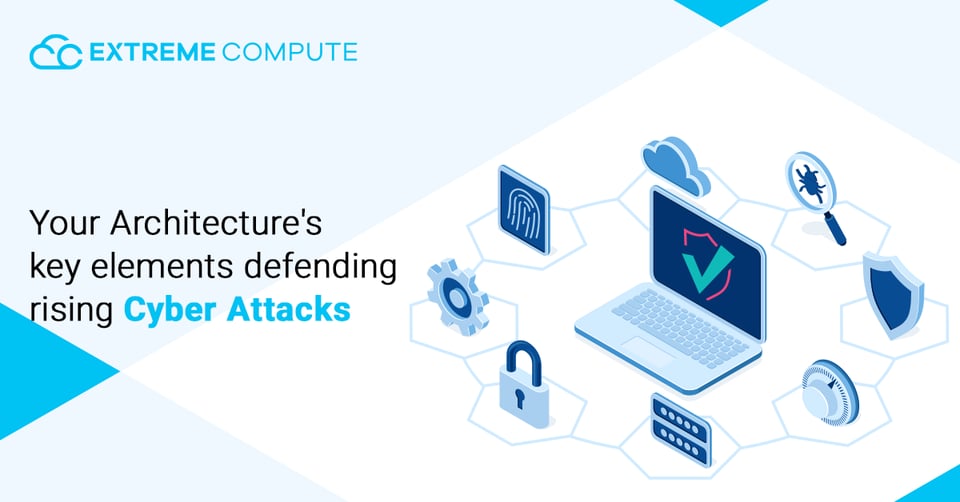
With improved hardware and networking security, cloud software vendors, including cloud hosts and application providers, improved software security beyond what was originally provided in the cloud, overcoming the initial reluctance of business organizations to migrate to the cloud. Most of this included transferring information from on-premises security to the cloud's broader systems. However, since attacks in the cloud are more flexible, new techniques had to be introduced. Furthermore, since most companies operate in a hybrid environment, on-premises and cloud security systems must work together.
We can expect businesses to invest in building resilience to destructive-type attacks in the post-pandemic environment. The last quarter had seen a huge number of distributed denial-of-service (DDoS) and ransomware attacks, and the trend is expected to continue. It is the three elements in your cloud and cloud-native architectures that can help deliver resilience in the light of rising cyber attacks.
Applications and services that are distributed:
If your applications use a distributed delivery model, such as cloud-based services or content delivery networks (CDNs), you won't have to worry as much about DDoS attacks, as these attacks operate better when their firepower is concentrated in one direction.
Data sets that can't be changed:
If your apps use solutions that don't change records but just "append-on-write," in other words, your data set is immutable, you don't have to worry too much about data integrity attacks because they're easier to identify and surface.
Ephemeral workloads:
Finally, if your applications are ephemeral in nature, you do not need to be concerned about attackers maintaining persistence and moving laterally. Furthermore, the importance of sensitive information (such as tokens associated with the application instance) is diminished since those assets are simply decommissioned and replaced in a short period of time.
By having the same integrated, you will help solve the concerns of confidentiality, transparency, and availability that have become the basis of CyberSecurity by leveraging modern cloud-native architectures that are distributed, immutable, and ephemeral. Modern cloud architectures are shifting away from monolithic, tiered models and toward distributed microservices-based architectures, in which each microservice can scale independently, either within or across geographic regions. Furthermore, each microservice can have its own optimized storage and database, allowing it to operate statelessly.
Cloud systems can be more reliable than on-premises networks with proper management and configuration. The cloud streamlines data management and makes it simple for businesses to comply with privacy regulations. Organizations must now prepare for and defend against cyberattacks on a strategic level. Cyber-Attacks have the potential to destroy your company's market position and make it impossible for consumers to trust you again. Although you can't completely rule out their existence, you can take measures to safeguard your company's information and you might start by keeping up with what's going on in the world of cybersecurity.